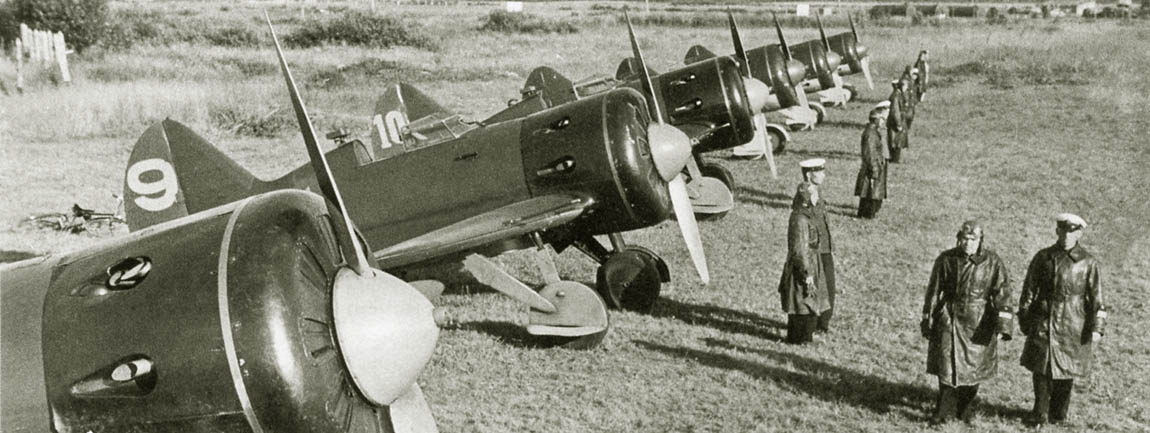
Aviation of World War II


 |
Aviation of World War II |


|
|
Soviet Union | Lend - Lease | Facts | Forum | Germany | Japan | R A F | U S A A F | Other | Photos |
|
|
I-16 type 6Multipurpose FighterPolikarpov
Taking into account the wishes of the pilots (low reliability of the movable canopy), the designers made the cockpit open with a visor preserved on all subsequent modifications, which was certainly a step back. Flight data corresponded to type 5. The chassis wheels (750 × 100), which turned out to be too narrow for Spanish airfields, were replaced with wider ones (750 × 150). To protect the surfaces of the stabilizer from small stones flying out from under the wheels, the lower surfaces of the stabilizer and elevators were sheathed with a double layer of canvas. |
|
|
During the fighting in Spain, in general, the I-16 performed well. The high reliability of the airframe, the ease of eliminating combat and operational damage led to the fact that individual aircraft underwent 4-5 major overhauls and flew 350-400 hours each. As it turned out, 34.5% of aircraft were out of order per month, the life of one aircraft was 87 days. At the same time, repairs took 16.25%, total losses were 18%. The fact that in the dry Spanish climate the wood in the aircraft structure was not subject to decay (in contrast to Russian conditions) and was in excellent condition was especially noted. One of the main shortcomings of the I-16 was recognized as its insufficient firepower. The main opponent of the "donkey" - "Moski" - the Italian fighter Fiat CR32 , quickly proved the high efficiency of its onboard weapons, and this with clearly worse flight characteristics. Enemy bullets pierced the newly introduced armored backs, the protection of gas tanks turned out to be insufficiently effective and did not always protect against fire.
Bibliography
|
||||||||||||||||||||||||||||||||||||||||||||